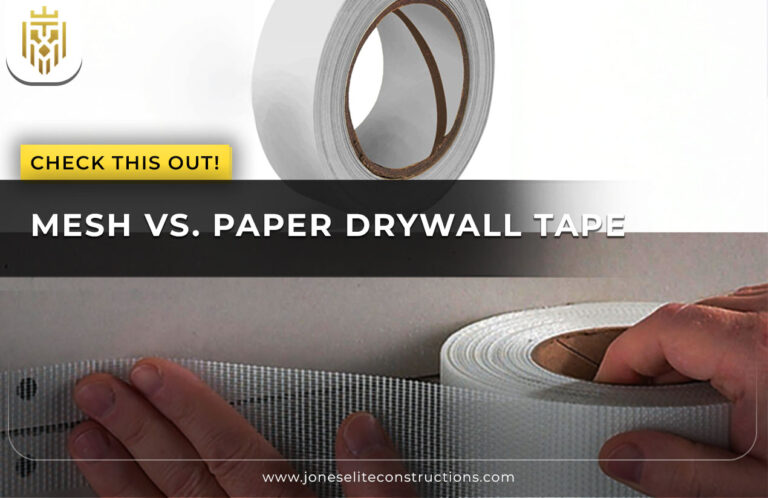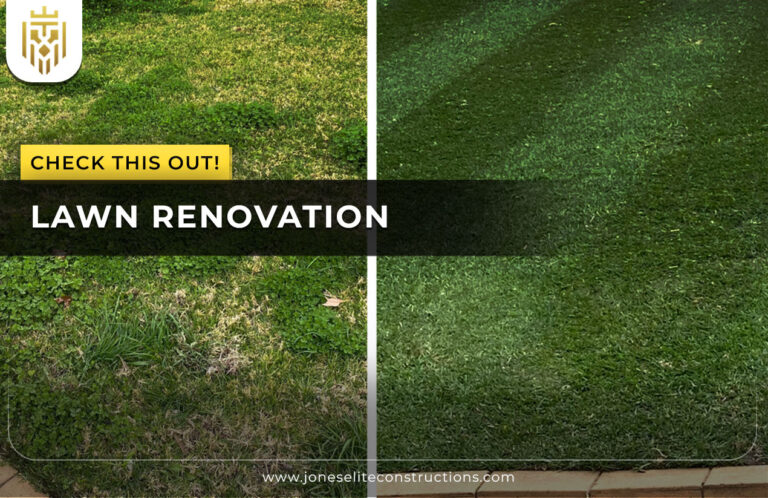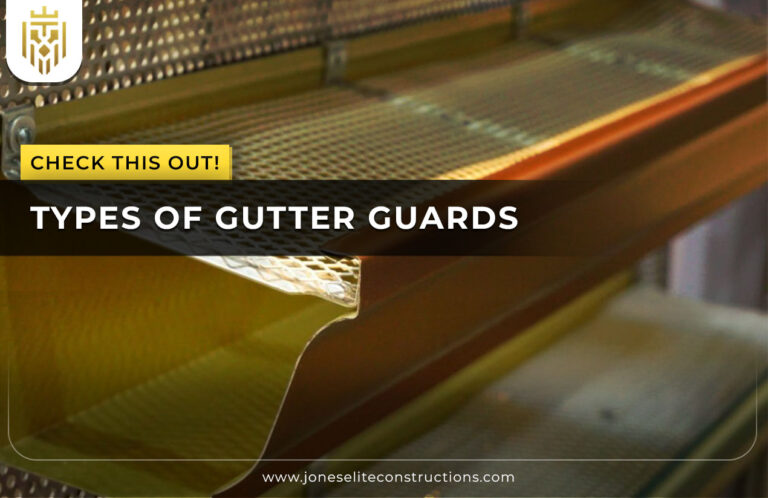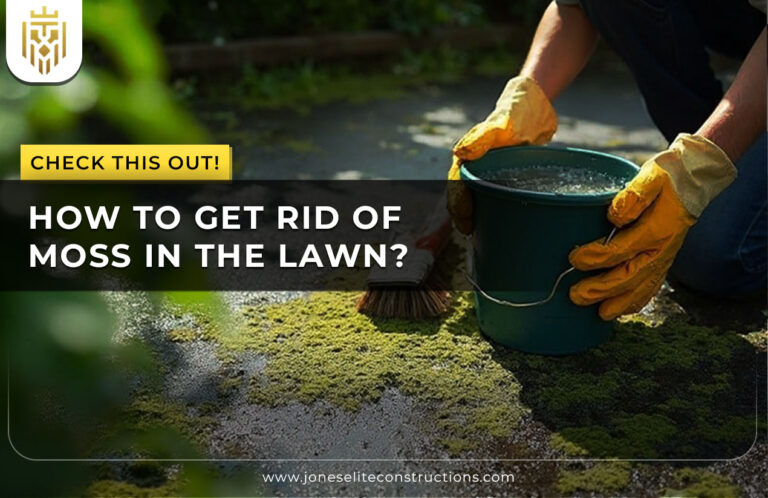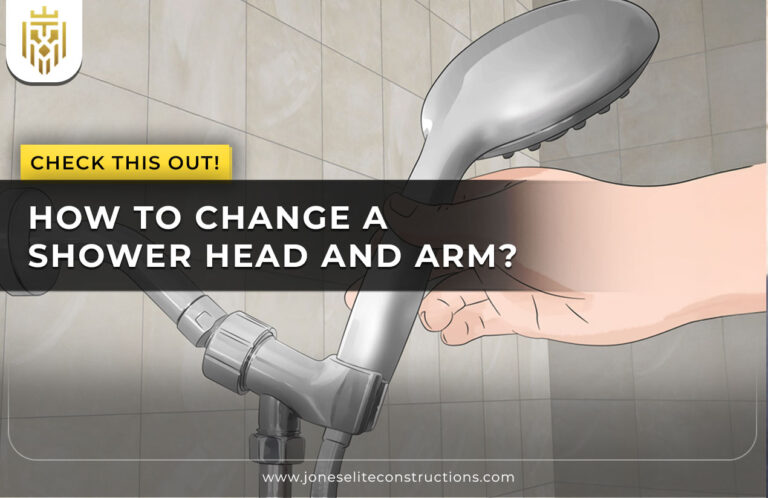How To Get Rid of Moss In The Lawn?
Lots of homeowners ask themselves how to get rid of moss in lawn because it tends to take over healthy grass. Combining both cultural practices, such as aeration, scarifying, and reseeding, with preventive actions will allow you to remove any moss in the growth of the lawn and keep your lawn thriving and free of moss.
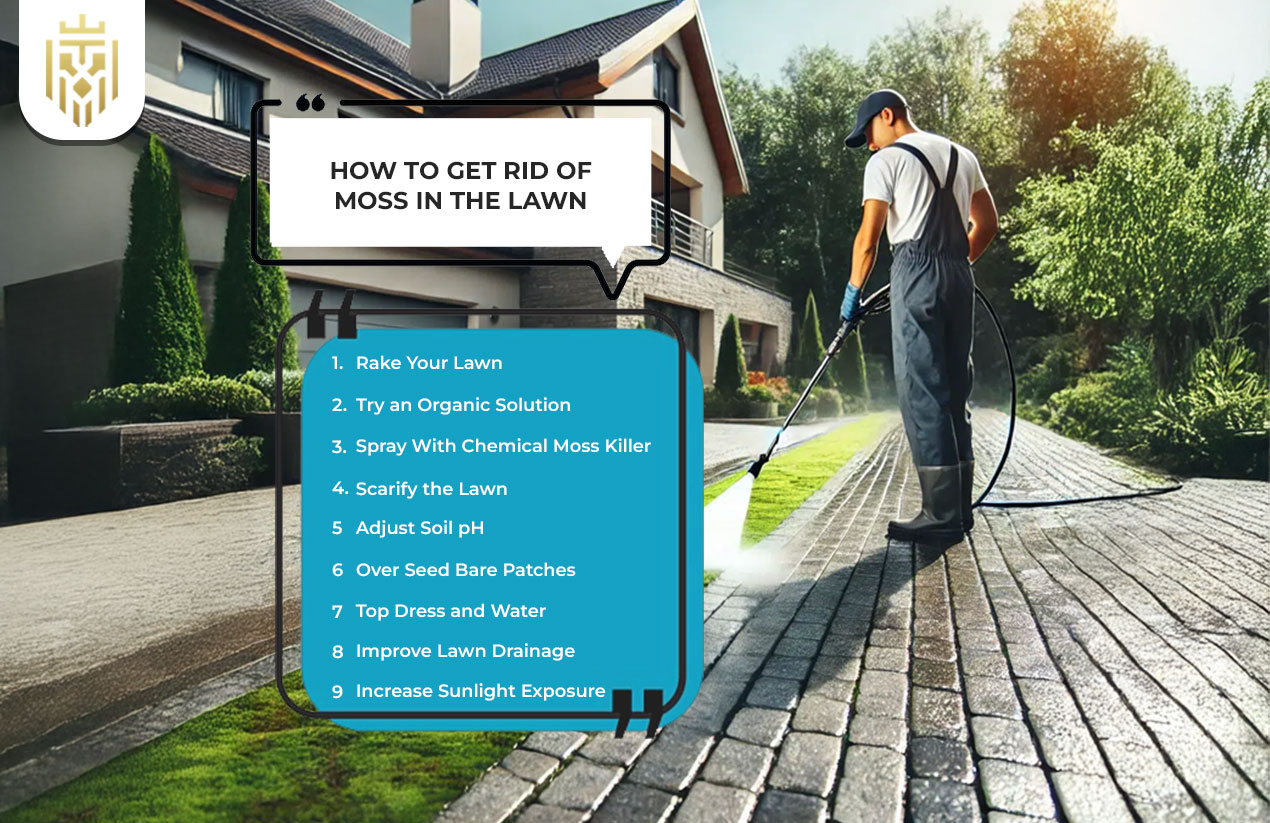
Rake Your Lawn
Raking will pull the unwanted moss out before it spreads, and it will clear a lot of surplus thatch. Raking it also encourages air flow to the roots of the grass, and this makes the environment healthier. This is the most basic action that should be taken towards a moss-free and balanced lawn which is green all year round.
Try an Organic Solution
Eco-friendly alternatives such as vinegar or baking soda can be used to get the moss off the surface without damaging the grass in the area.This is how homeowners can develop a sustainable moss lawn management schedule.It is a reasonable strategy to establish a free lawn landscape without resorting to extensive use of artificial substances.
Spray With Chemical Moss Killer
In the case of persistent moss, chemical treatments work.Always do as instructed to prevent the destruction of grass in an attempt to remove moss in the lawn territory.Balance with follow-up reseeding.This is in contrast with transshipment of ocean freight in world trade, where the issues are localised.
Scarify the Lawn
Scarifying denudes the thatch and any shallow roots of moss, which provides sufficient nutrients and sunlight to the grass.Frequent scarification enhances the density of the turf, and the risk of moss accumulating in the lawn is lowered.This approach specifically enhances the structure of the lawn, promoting long-term wellness and resiliency in response to repeated growth cycles.
Adjust Soil pH
The purpose of soil testing is to determine acidity problems that stimulate moss.The use of lime increases PH, which decreases the capacity of moss to grow.A healthy PH of the soil not only helps to avoid lawn moss but also to guarantee that nutrients are available.This is just a minor change that is important in keeping the lawn strong and moss free.
Over Seed Bare Patches
Seeding can be used to fill blank areas, which allow weeds or moss to take root.A coarse, dense turf forms an automatic shield of moss in the lawn turnaround.Overseeding increases lawn coverage, promotes uniform growth, and also makes sure that weak spots do not turn into hot spots of unwanted moss growth.
Top Dress and Water
Composted top dressing also makes soil structure better and improves drainage, and when grass roots are watered deeply, the grass grows better.This does not favour the growth of moss lawns in weak areas.Soil health is something you can invest in to achieve the resilience that will keep grass alive and gradually advancing to a lasting moss-free finish line.
Improve Lawn Drainage
The presence of standing water provides an environment in which moss can live.Water drainage, aeration or levelling low areas helps improve yard performance.Efficient drainage, just like efficient shipping and logistics management, will maintain flow efficiency.The less waterlogged your lawn, the deeper your grass roots grow and the more resistant they are to infestation by lawn moss.
Increase Sunlight Exposure
Shade invites moss growth. Pruning of trees and shrubs and letting more sunlight through enhances turf, which helps to clear moss naturally.Grass has the upper hand in that a healthier lawn thrives in greater light.Accessibility to sunlight throughout the day allows greater balance, which minimises the possibility of the growth of lingering moss in lawn areas.
Causes of Moss Growth in Lawns
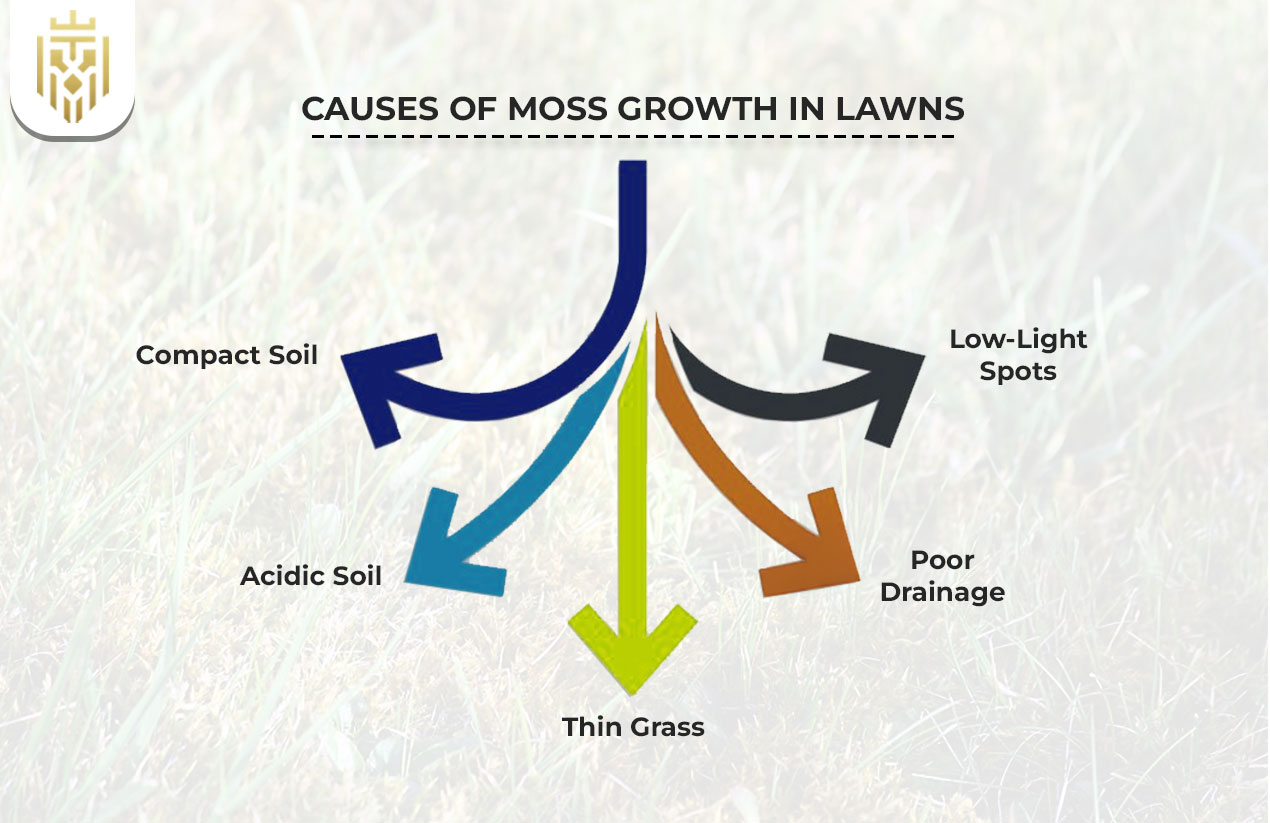
The most important thing to understand in learning how to get rid of moss in a lawn permanently is the causes. Moss survives in places not conducive to grass, like shade, compaction or acidity. Solving these basic problems will guarantee your turf is healthier and allow your lawn to last longer and be moss-free.
Compact Soil
Crusty soil kills grass roots and allows lawn moss to develop.The compaction is relieved by aeration, which increases airflow and water uptake.Moss is not competitive with healthy roots.The first step any person would make in order to achieve a balanced, healthy, and unrestricted lawn setup is to address compaction.
Acidic Soil
Moss grows better than grass in acidic soil.Lime addition will neutralise the pH, preventing moss in the lawn from taking over the turf.Correct treatments are determined by soil testing.With soil chemistry improved, nutrients are more readily taken up by grass, resulting in a greener, healthier and moss-free exterior landscape.
Thin Grass
Sparseness of grass undermines the lawn and gives moss an ideal opportunity to flourish.Fertilising and overseeding increase the turf density, leaving little room to support lawn moss.A healthy lawn year-round is achieved as the reinforced grass forms a natural barrier against future moss attacks and provides you with a well-built lawn, free of moss permanently.
Poor Drainage
Areas with poor drainage hold water, giving the moss an upper hand.Drainage is enhanced by slope fixation, soil aeration and organic addition.As in optimising shipping and logistics management, water flow will eliminate repeated moss lawn problems, which will secure long-term safeguards and consistent lawn health due to effective ground-level remedies.
Low-Light Spots
Dark places and dim places harbour moss.Trimming off shade through pruning or proper placement of plants will help keep the grass healthy.This ecological modification minimises the risk of moss in the lawn.With proper lighting in the yard, the turf will naturally be healthy, reducing the recurrence of moss and keeping the surface even.
FAQs
1) How to get rid of moss in the lawn?
In order to remove moss in the lawn, rake the lawn, enhance drainage, balance soil pH, and re-seed thin areas.Regular maintenance results in a healthier, thicker, moss-free lawn.
2) What is the best time to apply moss killer to the lawn?
Moss killer should be used early in the spring or the fall when moisture favours the treatment.This time is to ensure that moss in the lawn is controlled effectively before it extends to other areas in the lawn.
3) What is the best way to remove moss from the lawn?
Scarifying, overseeding and balancing soil are the most effective means of eliminating lawn moss.The blend of culture and the occasional moss killer will guarantee the benefits in the long term and help to maintain the moss-free yard.
4) What Are the Causes of Moss in Your Lawn?
The moss in the lawn thrives because of compact soil, shade, acidity, and poor drainage.Poor grass cover provides moss intrusion.Treating such conditions will avoid regrowth and use healthy grass and a free lawn.

